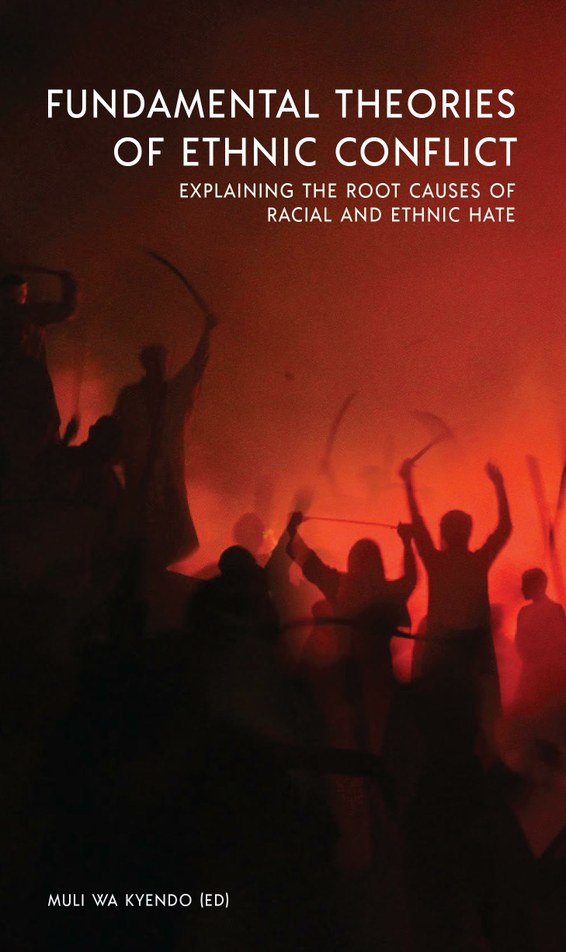|
Think of a pincushion embedded with wolly threads. Thatís the next step in pincushion fiction.
Each step in the woes of your protagonist leaves an indelible thread in the mind of your reader. At the end of your story, the reader expects and even demands that each thread be tied up satisfactorily. Imagine a pincushion with a protective layer of crisscrossing threads.
(An exception Ė if writing a series of stories such as Volume 1, Volume 2, etc. it is necessary to resolve all threads but one or two very important ones, so you will motivate the reader to continue reading the following volume.)
In many cases, the threads demand instant resolution. For example, if the first straight pin showed that your protagonist was tied in a bundle at the top of a mile-deep cliff, the next section must include a way to rescue the unfortunate fellow before the fall. In these cases, itís impossible to leave the problem unresolved until the final paragraphs.
Then, if the second straight pin finds him separated from his home at the hands of a cruel gang, the finish (or the next section) demands that he be freed from that situation too.
Other threads do not require instant action, and these are the enduring conflicts for the tale. For example, these threads are likely to be long-term problems like the safety of his family or a fatal illness he has contracted, etc. These conflicts are especially important because they canít be fully resolved until the conclusion.
The main lesson here is to satisfy the reader that all conflicts are resolved at the end. For example, the final program in Downton Abbey was a fascinating collection of resolutions to conflicts. Every conflict in the story was resolved before the series was complete.
Perhaps fiction is like therapy, for it gives readers comfort. On the other hand, we arenít always able to resolve conflicts in our lives. In fiction, however, we take comfort in the confidence that our author will resolve every conflict at the end.
Noteworthy
Note - May 25th - International Publication on Generations of Transitional Justice in the World (pages 18 to 83) is just published from London in the reputed Advances in Social Sciences Research Journal, please link in https://journals.scholarpublishing.org/index.php/ASSRJ/article/view/6728/4274 or open an attachment, which may be of your interest. This paper reviews more than 90 Transitional Justice countries in Five Generations with 555 references. This state-of-the-art paper may be first of its kind in the world in terms of countries-references coverage in a paper.
 Fundamental Theories of Ethnic Conflict, by Muli wa Kyendo (ed.)
Fundamental Theories of Ethnic Conflict, by Muli wa Kyendo (ed.)
Description
This book develops and expands on theories that aim at explaining the root causes of ethnic and racial conflicts. The aim is to shift focus from research, policies and strategies based on tackling the effects of ethnic and racial conflicts, which have so far been ineffective as evidenced by the increase in ethnic conflicts, to more fundamental ideas, models and strategies. Contents extend across many disciplines including evolution, biology, religion, communication, mythology and even introspective perspectives.around the world.
Drawn from around the world, contributors to the book are respected and experienced award winning authors, scholars and thinkers with deep understanding of their special fields of contribution. The book was inspired by the conditions in Kenya, where ethnic violence flared up with terrifying consequences following a disputed election in 2008. Although the conflict was resolved by the intervention of the international community, Kenyans Ė like many other Africans - continue to live in fear of ethnic conflicts breaking out with more disastrous consequences. The book will be useful to policy makers, NGOs and others involved in promoting peace. It will also be useful in guiding research and as a text book in universities and colleges.
Handbook of Research on Examining Global Peacemaking in the Digital Age, Bruce L. Cook (ed.)
Description
Violent behavior has become deeply integrated into modern society and it is an unavoidable aspect of human nature. Examining peacemaking strategies through a critical and academic perspective can assist in resolving violence in societies around the world.
The Handbook of Research on Examining Global Peacemaking in the Digital Age is a pivotal reference source for the latest research findings on the utilization of peacemaking in media, leadership, and religion. Featuring extensive coverage on relevant areas such as human rights, spirituality, and the Summer of Peace, this publication is an ideal resource for policymakers, universities and colleges, graduate-level students, and organizations seeking current research on the application of conflict resolution and international negotiation.
Visit our sister web sites..
http://www.author-me.com/
http://www.authormepro.com
http://www.reservebooks.com/
http://www.strategiesforpeace.org/
http://www.sudanlit.com/
http://www.cookcom.net/
http://www.innisfreepoetry.org
We have developed a world peace website: www.wwpo.org
Publishing New Writers,
August 2019 (no. 1908)
Publisher:
Dr. Bruce L. Cook
1407 Getzelman Drive
Elgin, IL 60123
Submissions/comments cookcomm@gmail.com. Links are welcome. To subscribe and/or review our archive of past newsletters, go to
http://www.author-me.com/newslist.htm